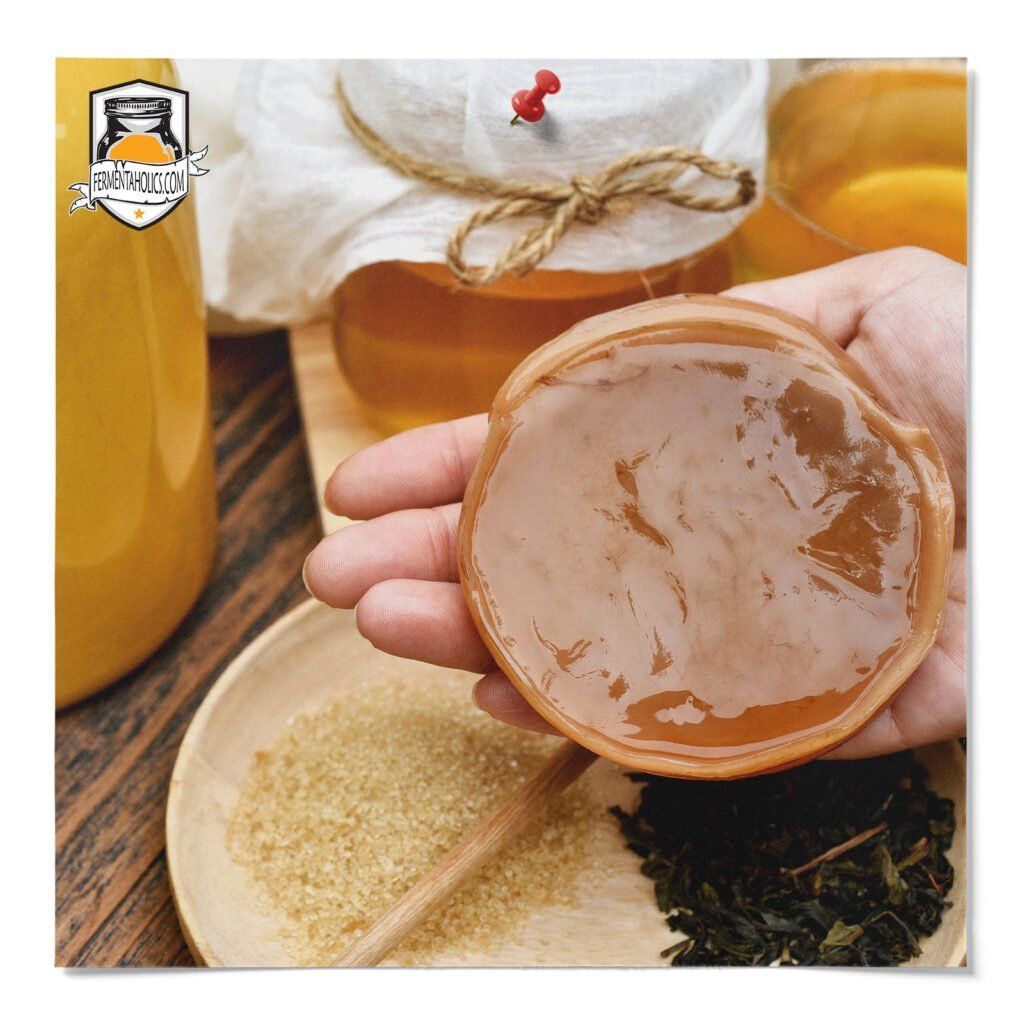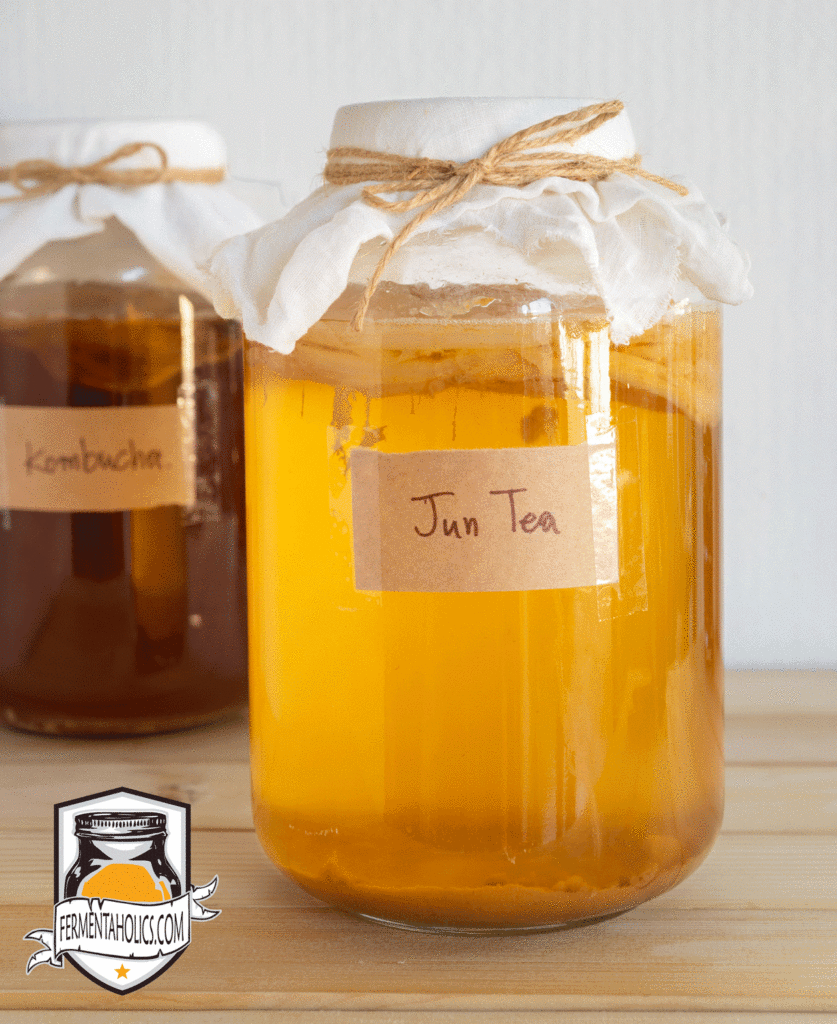
Brewing kombucha is a fun, rewarding process. As a new brewer, there can be a lot to learn about the hobby, and there is no shortage of conflicting information. As with anything on the internet, choosing to get your information from a credible source will significantly reduce the learning curve. The kombucha industry is rapidly expanding, and with the continued pursuit of information on the brewing side, there are some ideas out there, once widely accepted as true, which have been disproven. Yet, they are still widely presented as facts.
When you first start brewing, you hear that “your SCOBY will grow” during the kombucha fermentation. While this seems straight forward, the devil is in the details and results in a lot of confusion.
A kombucha brew is started by making sweet tea, then adding a kombucha starter culture or S.C.O.B.Y. (Symbiotic Culture of Bacteria and Yeast.) The kombucha culture, or colony of bacteria and yeast, consists of kombucha starter tea (the liquid) and a pellicle (the disc). The pellicle is made up of bacterial cellulose, and is commonly just called “the SCOBY” or “the Mother” — confused yet?
For starters, pun intended, just know that the bacteria and yeast are responsible for brewing kombucha. It is essential to understand that the majority of the beneficial bacteria and yeast responsible for making kombucha reside in the starter tea, while the pellicle is a non-living structure that houses additional bacteria and yeast. The SCOBY, or pellicle, was once thought to be the driving force when making kombucha; we now know that the liquid starter is the real powerhouse. With that being said, getting this information out there is an uphill battle, as there is no shortage of information online telling you otherwise.
First you brew sweet tea, then you to add the kombucha culture or SCOBY – starter tea and pellicle. Now that we have introduced the bacteria and yeast to the brew, it will go to work.
At this step, we get a lot of questions on the position of the SCOBY during the brew. It’s not uncommon for people to think a sunken SCOBY is dead. Since we know the pellicle itself isn’t alive, it makes sense that the placement throughout the brew is irrelevant. The SCOBY may float, sink, or hover in the middle, but pay no mind. The living bacteria and yeast provided by the pellicle are introduced all the same.
Well, let’s clarify. Which one? A typical completed batch of kombucha will have two pellicles or SCOBYs.

The first one is the original pellicle that you added when you started your brew. This SCOBY is the pellicle that formed on the surface of a previous brew that you’ve now used to start yours.
The second, or new SCOBY, will build on the surface of your jar as it ferments. This often starts as thin slime, round bubbles, or a waxy layer, which will thicken over time. The time it takes to form varies with a strong correlation to the temperature. The lower the temperature, the longer it will take to develop.
The first SCOBY will not grow or expand. It may float at the surface and could adhere to the new forming pellicle on the surface, but it will not increase in size. Meanwhile, the second SCOBY will form to the exact size of the brewing vessel – yup, if you brew in a fish tank, when left undisturbed, it will develop to the entire surface and be a rectangle.
So now that you know the pellicle itself isn’t a living thing, you don’t have to stress about keeping it alive. The living bacteria and yeast found in a kombucha culture aren’t visible to the naked eye, so solely determining the health of our brew by eyesight isn’t the best indicator of the health of your culture. So what are the best indicators? Check out our post below.


